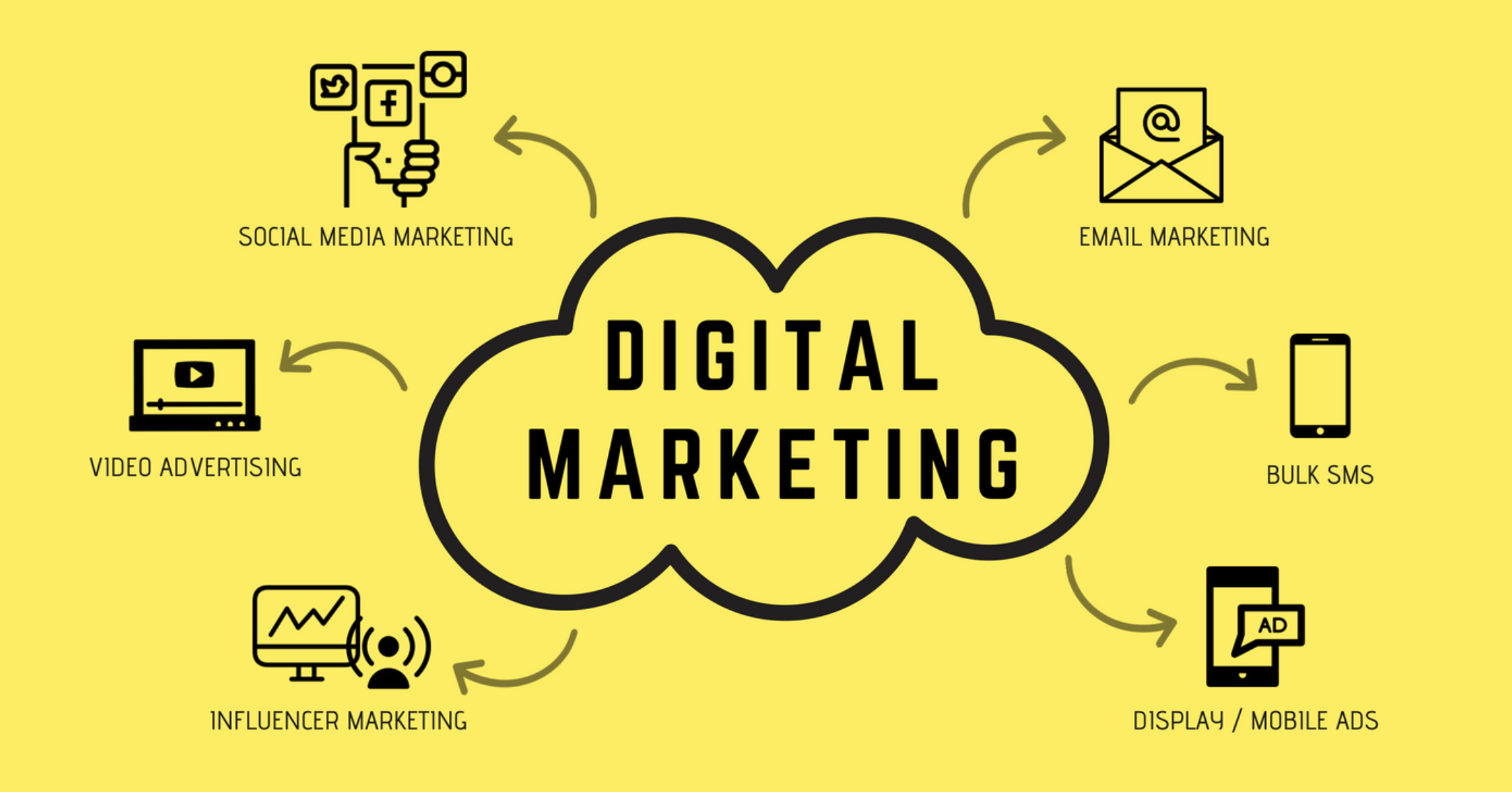Enhance Customer Experience and Drive Web Traffic With Receptive Website Design
In today's electronic landscape, where customers are accessing web sites from a wide variety of gadgets, responsive web layout has actually ended up being more crucial than ever. With its capacity to adjust and flawlessly get used to different display sizes, receptive style not just enhances customer experience but also drives web traffic to your site. However why is this style technique so essential? How does it boost individual engagement and rise internet site traffic? In this conversation, we will discover the crucial elements of effective responsive style, dig right into the ideal methods for its execution, and reveal the keys to boosting user experience while driving even more traffic to your website.
Why Responsive Internet Layout Issues
Receptive website design is a crucial aspect of contemporary internet growth due to its capability to guarantee optimal individual experience throughout various devices and display dimensions. With the spreading of smart devices, tablets, and various other mobile phones, it has actually come to be essential for websites to adapt and give seamless capability despite the tool being used.
The key reason why receptive internet style issues is that it permits individuals to have a delightful and constant browsing experience, no matter the tool they are utilizing. A receptive internet site immediately readjusts its design, design, and content elements to fit the display size and resolution of the gadget, making sure that individuals can conveniently navigate and engage with the internet site without any type of aggravation or disappointment.
Additionally, responsive web style likewise plays a significant duty in seo (SEO) Search engines, such as Google, prioritize web sites that are receptive and mobile-friendly in their search engine result. By integrating receptive style concepts, sites can enhance their visibility and ranking, bring about raised natural traffic and potential customers.

Boosting Customer Interaction With Responsive Design
Optimizing customer interaction is a crucial objective of responsive layout, as it guarantees that users can easily gain access to and interact with web site material on any type of tool. With the enhancing usage of smartphones and tablet computers, it is essential for internet sites to adjust to various display dimensions and resolutions. Receptive layout enables internet sites to immediately readjust their format and material to offer a smooth individual experience throughout tools.
Among the main ways responsive design improves user involvement is by lowering tons times. With a receptive website, users do not have to wait on different mobile versions to load, resulting in quicker access to content. This enhanced speed leads to higher customer contentment and urges them to spend even more time on the site.
In addition, responsive layout enhances customer involvement by boosting navigation and interface (Web Design Carlsbad). When a site is designed responsively, food selections and switches are maximized for touch interactions, making it much easier for customers to connect and browse with the site on their mobile devices. This straightforward and user-friendly experience maintains individuals involved and urges them to check out more of the internet site
Moreover, receptive design permits for better web content exposure and readability. By adapting the format and font style dimensions to different tools, receptive internet sites ensure that customers can conveniently read and recognize the web content. This boosts user engagement by reducing the need for zooming or scrolling to review the message.
Increasing Website Web Traffic With Responsive Web Layout
With the expanding popularity of mobile tools, having a website that is responsive to different display dimensions and resolutions is important for driving boosted web traffic. In today's electronic landscape, individuals are accessing internet sites from a range of tools such as mobile phones, tablets, and home computer. Each of these devices has various display sizes and resolutions, and if your web site is not created to adjust to these variants, it can result in an inadequate individual experience and a loss of prospective traffic.
Responsive website design makes sure that your web site looks and functions optimally throughout all devices. By utilizing versatile grids, liquid pictures, and media queries, receptive style allows your web site to instantly adjust its design, material, and navigating to fit any type of display dimension. This implies that customers will certainly have a smooth browsing experience despite whether they are utilizing a big desktop or a little smartphone computer.
Crucial Element of Effective Receptive Style
Efficient responsive design includes a number of crucial elements that make certain a seamless individual experience across various tools. Among these elements is versatile grids and formats. By making use of family member units like portions rather of fixed units like pixels, designers can create layouts that scale and adjust to fit different screen sizes. This allows content to be displayed in a understandable and visually attractive fashion on any device.
An additional essential element is media inquiries. These permit developers to use different styles and layouts based upon the attributes of the individual's device, such as display dimension and orientation. By using media questions, designers can enhance the presentation of material for every tool, ensuring that it is easily accessible and readable.
Receptive images are also critical in efficient receptive layout. Images that are also big can reduce page load times on smart phones, while photos that are too tiny may appear pixelated on bigger displays. By using techniques such as responsive image resizing and careless loading, designers can make sure that pictures are appropriately sized and maximized for each device.
Finally, efficient receptive design includes a mobile-first approach. This suggests prioritizing and developing web content for smart phones initially, and afterwards enhancing the layout and increasing for bigger displays. This approach makes sure that one of the most important web content is quickly available on smaller displays, while still offering an abundant experience on bigger gadgets.
Ideal Practices for Carrying Out Receptive Web Layout
Applying receptive web layout requires careful factor find out to consider of different finest techniques to guarantee an ideal customer experience across various gadgets. When executing receptive internet style., right here are some essential best techniques to comply with.
First of all, it is crucial to prioritize mobile users. With the raising prominence of smart phones, creating for mobile-first has actually ended up being important. Begin by designing for smaller sized screens and then gradually enhance the design for bigger screens.

Another important best technique is to maximize pictures for different screen resolutions. Huge images can reduce the filling time of your internet site, especially on mobile phones with slower connections. Use responsive pictures that can be resized based on the gadget's display resolution to enhance efficiency.
Additionally, test your website on different tools and display sizes to make sure a seamless and consistent experience. There are various screening tools readily available that can assist you identify any type of issues and make required adjustments.
Last but not least, focus on functionality and ease of access. Make sure that your internet site is very easy to navigate, with concise and clear content. See to it that your internet site comes to individuals with handicaps and adheres to ease of access guidelines.
Final Thought
To conclude, responsive website design plays a critical duty in boosting user experience and driving traffic to internet sites. By adopting receptive style principles, websites can make certain optimal viewing experiences throughout different tools, resulting in enhanced user engagement (digital marketing Carlsbad). Receptive design can also contribute to greater site traffic as it boosts search engine positions and promotes simple sharing of material. As a result, organizations need to concentrate on implementing the crucial elements and best techniques of responsive layout to efficiently meet the needs of contemporary customers.
Optimizing individual engagement is a crucial goal of responsive design, as it makes sure that individuals can conveniently access and connect with internet site web content on any kind of tool. Responsive design makes it possible for sites to immediately adjust their design and web content to supply a seamless user experience across tools.
In addition, receptive design improves user interaction by enhancing navigation and user interface.Responsive pictures are likewise vital in efficient visit the website receptive design. By embracing receptive design principles, sites can make sure optimal seeing experiences throughout different tools, leading to boosted customer interaction.